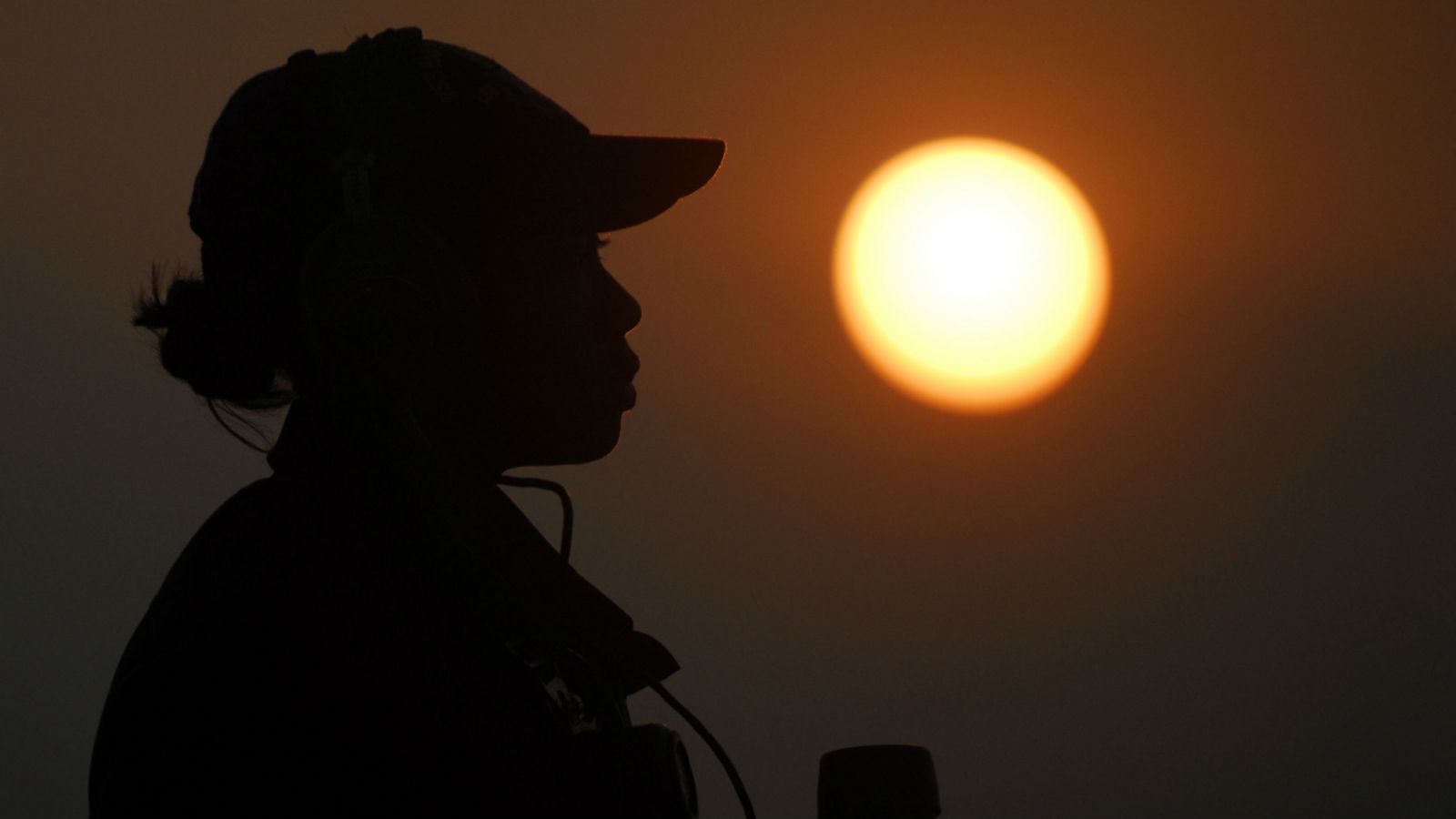Security Moment: Anchor Watch

An alert anchor watch is critical in areas where boardings by pirates, terrorists or the common thief might be expected. Where are these places? Unfortunately, this is almost anywhere in the world these days. Some areas we might want to pay more attention to include those areas highlighted in security alerts, where economic conditions make theft an attractive option or areas of ideological (religious, cultural, economic) conflict.
A recent report from Venepandi in Venezuela highlights the increased risk in the anchorages of Puerto La Cruz Bay - specifically, the ports of Guanta and Jose. Recent incidents there have included boardings by armed personnel via the anchor chain, with the potential of escalation to kidnapping of the entire ship.
What does this mean? Quite simply, it means looking out and maintaining your situational awareness. Much like COLREGS, standing a lookout by all means possible. This includes visually and through use of AIS and radar.
A visual lookout at anchor will frequently be composed of both a deck officer on the bridge and a roving patrol/lookout on deck. Where members of the watch are widely separated such as this, good communication is key to a successful watch. Ensuring communication via handheld radio allows rapid response when an incident occurs and also allows collaboration to ensure a good 360 degree lookout is maintained.
It takes only minutes for a small boat to approach a ship quickly - especially at night. The watch on the bridge and on deck should be given no other duties, particularly in high risk waters. This means that the mate on the bridge is not correcting charts and the roving patrol on deck isn't tasked with maintenance. Any means that can contribute to an efficient visual lookout should be used. Binoculars, searchlights and night vision devices can all be used to good effect in an anchorage.
Searchlights are a particularly effective tool. Using one to illuminate an approaching small boat does a number of things. First, it allows the watch to see what exactly is out there. Is it a skiff with a hooked ladder and a number of crew ready to board or is a sole fisherman on his way to catch his breakfast? Second, it lets whomever is in that boat know that you see them and you are watching. Third, it highlights that contact for the roving patrol on deck. While these are all positive points, keep in mind that if there are evil-doers approaching, that searchlight could also draw small arms fire!
Radar and AIS? At anchor? As a security measure? Absolutely! There is no guarantee that pirates or thieves will always approach in a small boat. It could be a tug or other launch outfitted with AIS. Aside from the security aspect, tracking AIS contacts moving through and anchorage can alert the bridge watch to potential collision situations in time to take effective action.
Use of radar in anchorages may require a different setup than when transiting in open ocean. First off, small contacts are difficult to see at the best of times. Anything that can be done to highlight them is beneficial. One of those tools is trails. Whether relative or true, they will provide more information on what is out there and possibly moving in the waters around your vessel. Careful adjustment of your sea clutter is important in this situation so as to allow smaller contacts to be visible, yet not drowned out by sea return. Much like AIS, tracking contacts by radar in the anchorage - specifically with relative trails - will allow earlier recognition of a potential collision.
Small boats in anchorages are almost inevitable. They are the locals transiting from home to market, fisherman doing what fisherman do and vendors selling their wares. While it is tempting to have them alongside to buy that phone card, case of beer or fresh fruit, allowing one boat to approach will frequently attract others. Unfortunately, as mariners trading the world, we cannot always easily discern who is the good guy and who is the thief or pirate. Keeping ALL small boats away from your vessel keeps you or your watch from having to make that judgement call.
Let's be safe (and secure!) out there.
Additional Reading and Links
The opinions expressed herein are the author's and not necessarily those of The Maritime Executive.
